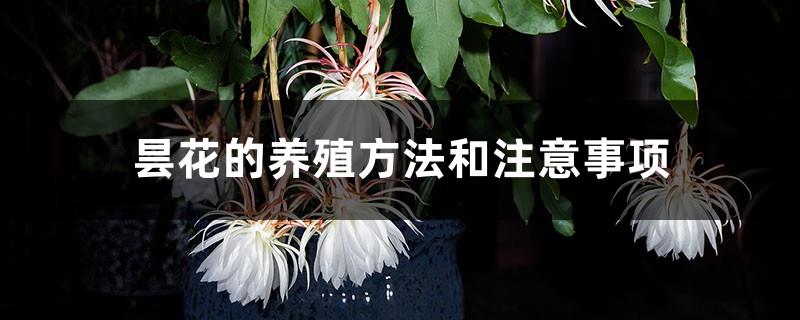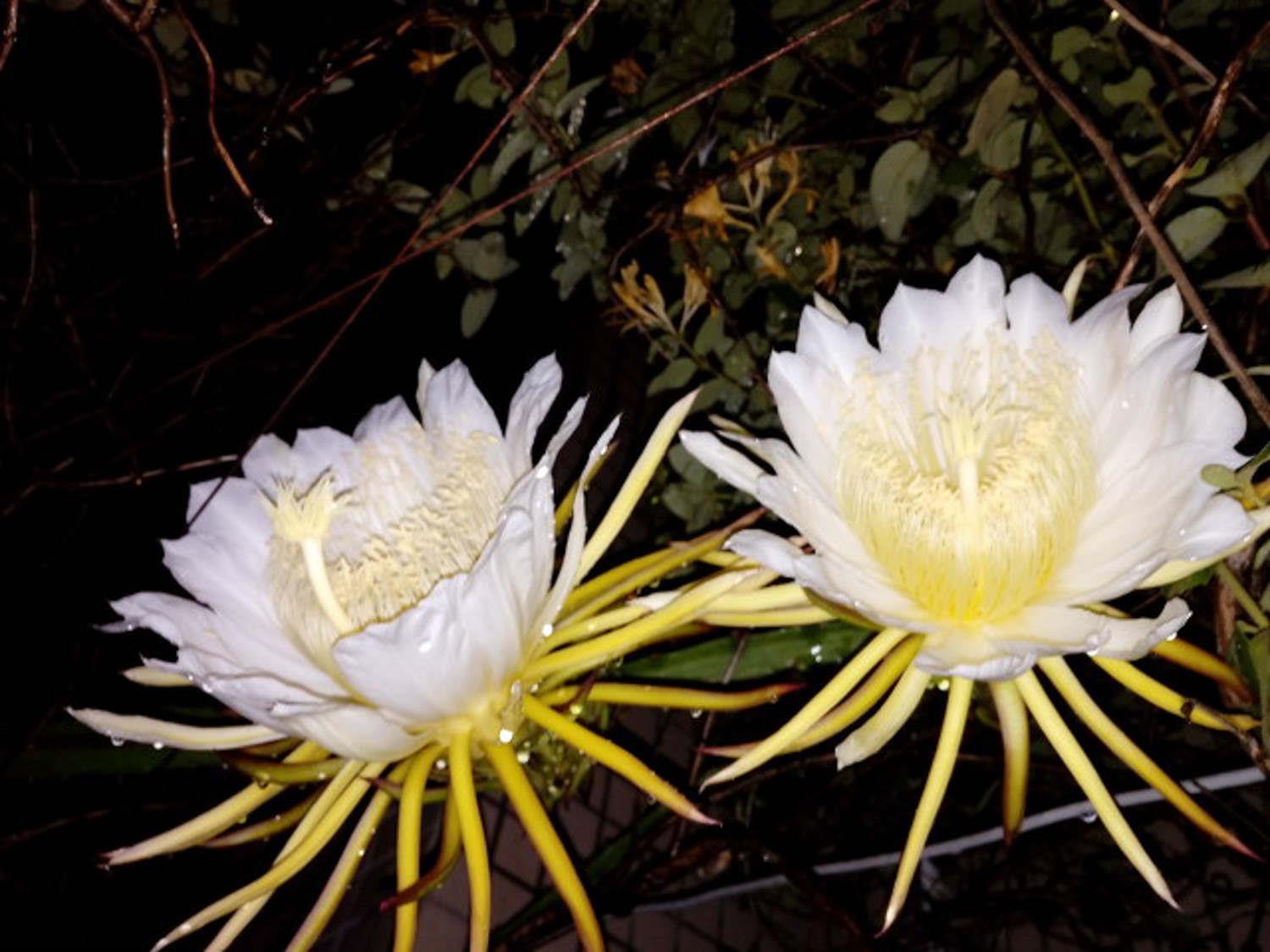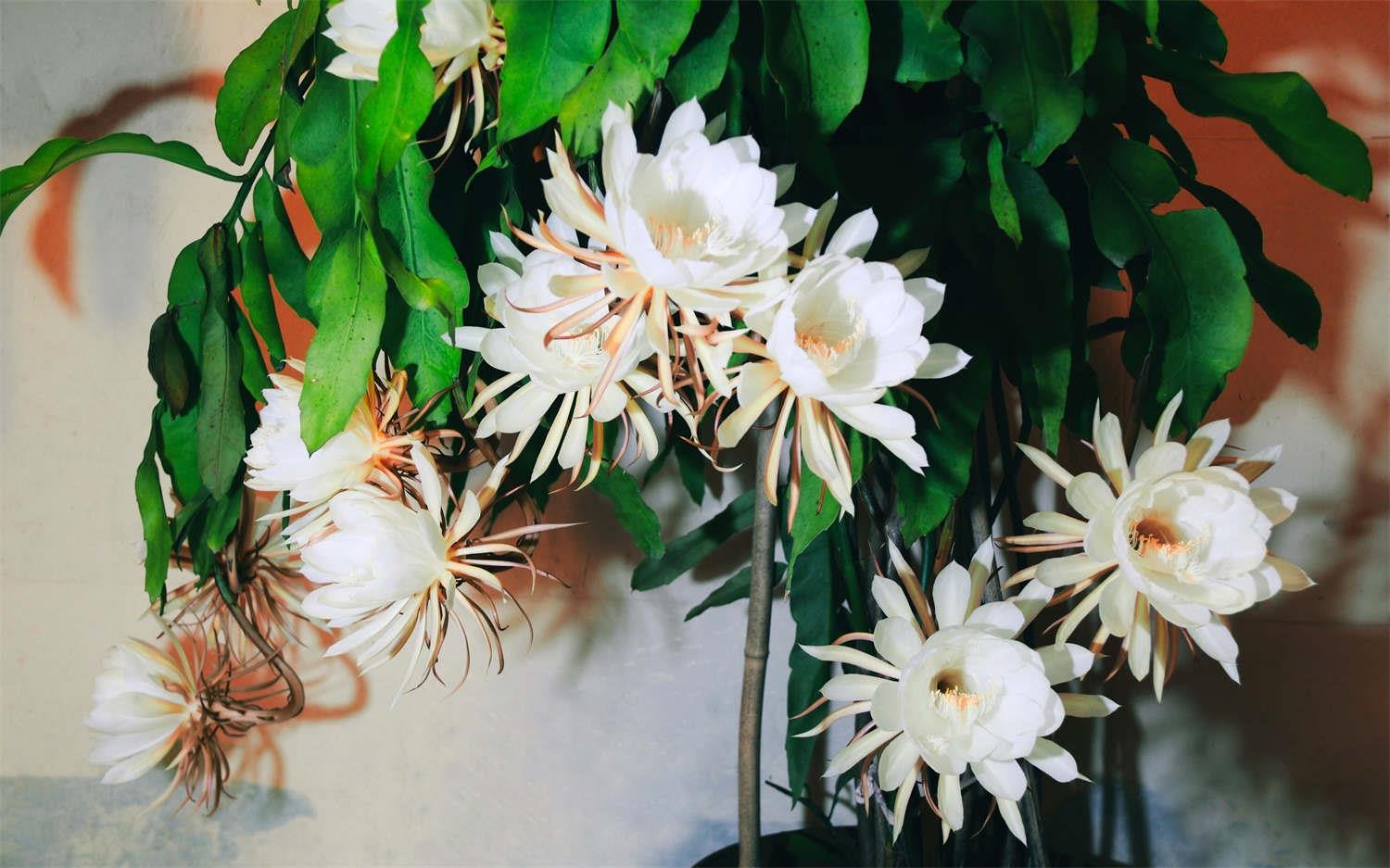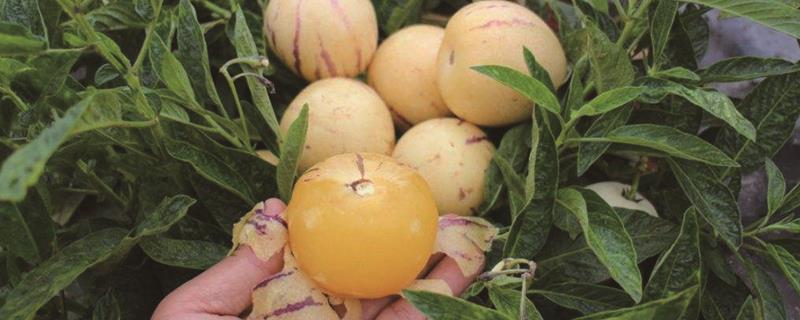Epiphyllum cultivation methods and precautions
Last Update :2024.06.16
Article Catalog
Soil: To raise Epiphyllum, you need loose and fertile soil with good drainage, rich in humus. Moisture: Water more in summer, keep the pot soil not too dry in spring and autumn, and control water in winter. Lighting: usually put it in a semi-shady place, but in summer it should be moved to a place out of direct sunlight. Temperature: usually within 15-25℃, above 5℃ in winter.

1. Soil
1. Soil
The soil for growing epiphyllum requires good drainage, rich in humus, loose and fertile. It can be obtained by mixing leaf humus soil with a small amount of fine sand.
2. Water
Water epiphyllum more in summer, but do not allow water to accumulate in the soil or let it get wet in the rain, otherwise the roots will easily rot. You can spray it with water 1-2 times in the morning and evening to increase the air humidity. In spring and autumn, it is enough to keep the pot soil not too dry. In winter, control the water content and wait for the soil to dry before watering.

3. Lighting
Epiphyllum likes A semi-shady growing environment, but not completely without exposure to sunlight. In winter, when the sunlight is softer, it needs to be raised indoors in a sunny place. In summer, when the sun is stronger, it needs to be raised in a place where it cannot be exposed to direct sunlight.
4. Temperature
The optimal growth temperature of epiphyllum is between 15-25℃. When the temperature is too high in summer, it can be cooled down. In winter, it is best to adjust the temperature to 10℃ Between -12℃, the minimum cannot be lower than 5℃, otherwise it will suffer freezing damage.

5. Precautions
1 , Avoid strong light. After epiphyllum is exposed to strong light, the leaves will become dry and yellow spots, burnt edges and other phenomena will appear. Therefore, certain measures should be taken to shade it when the sun is too strong.
2. Drain stagnant water. Because epiphyllum is very afraid of waterlogging, it is best not to let it get wet in heavy rains. After each rainfall, check whether there is rainwater accumulated in the soil, and drain it if there is any.

2. Moisture
3. Lighting
4. Temperature
5. Things to note
- END -
Characteristics of Aloe Vera

In terms of appearance, its leaves are fleshy and grow in a spiral shape from the ...
Does the "ginseng fruit" in Journey to the West really exist? What kind of plant is it?

Ginseng fruit is real. It is a tropical fruit and vegetable. The fruit contains a ...